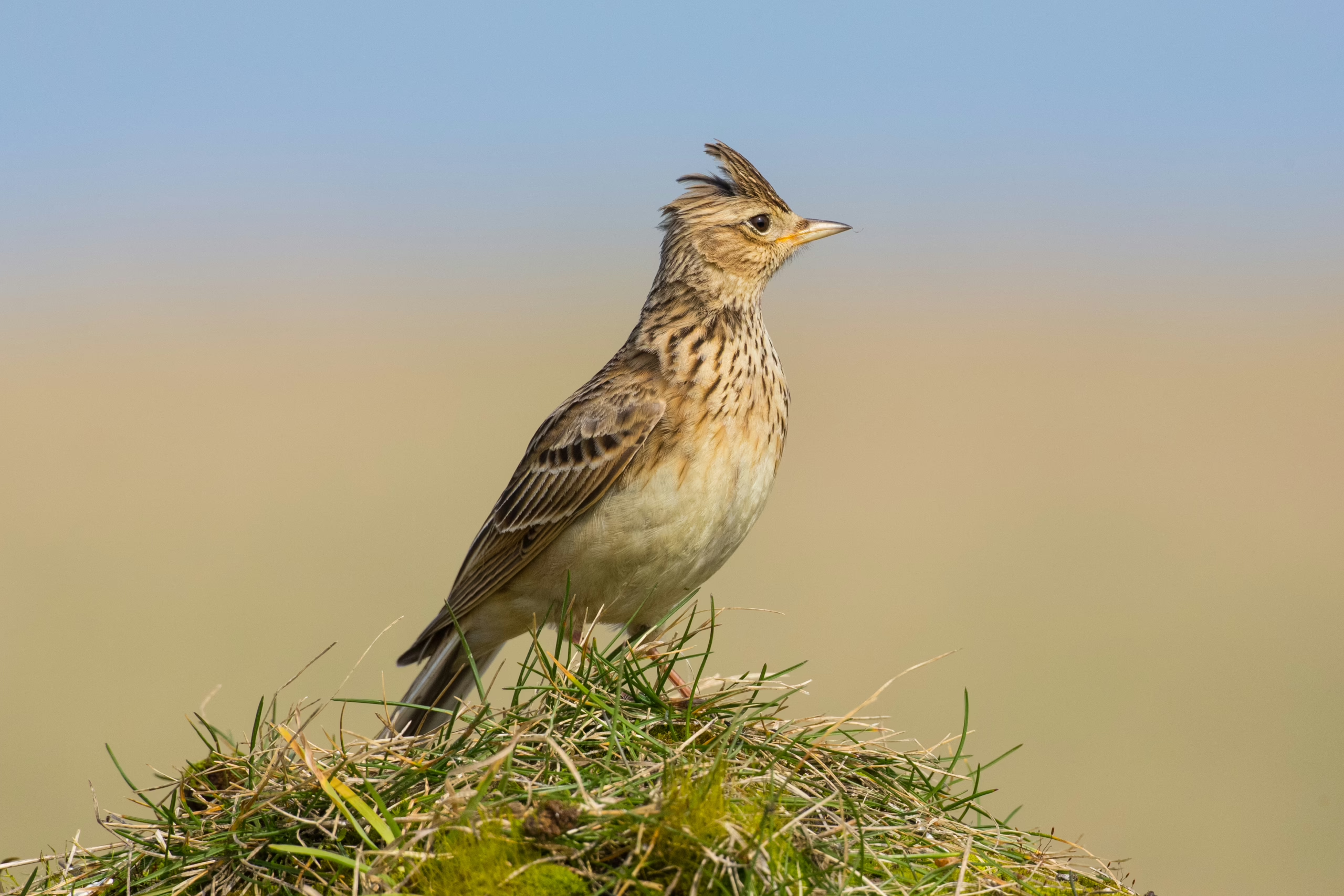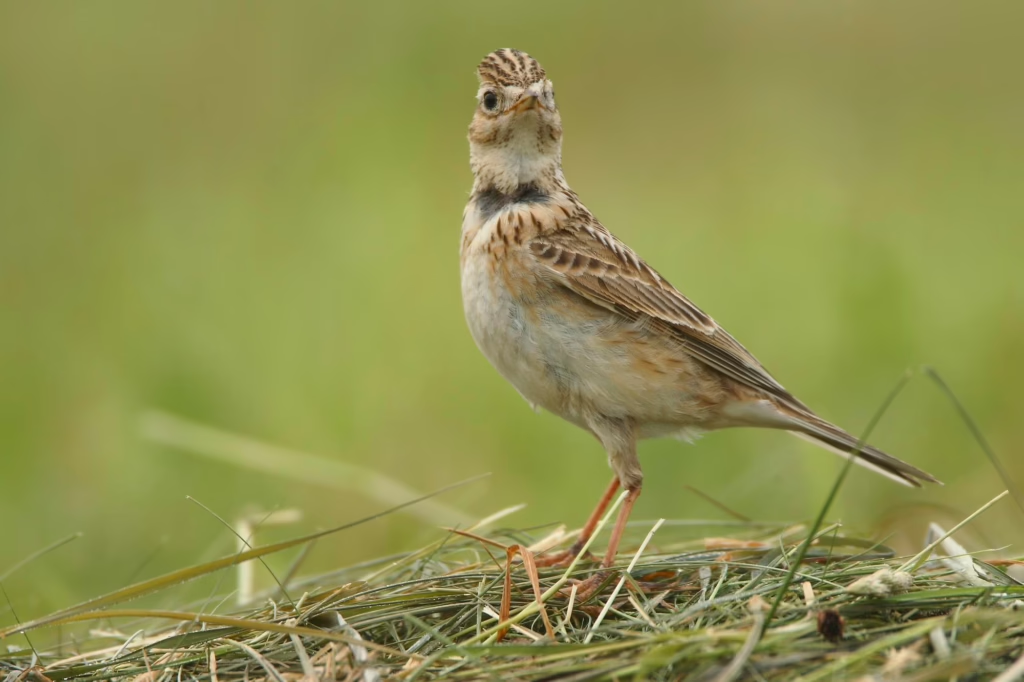“To a Skylark“ is one of the most luminous and melodious poems written by Percy Bysshe Shelley, one of the central figures of the English Romantic movement. Composed in June 1820, while Shelley was living in Italy, this ode exemplifies Romantic poetry’s fascination with nature, beauty, and the ineffable—those things beyond the reach of ordinary human experience. The poem is a profound meditation on the contrast between the boundless joy of nature and the sorrow-laden consciousness of humanity, conveyed through the metaphor of a singing skylark.
Background and Context
Shelley wrote “To a Skylark” during a summer evening stroll near Livorno, in Tuscany. According to his own account, he was walking with his wife, Mary Shelley, when he suddenly saw a skylark soaring into the sky, singing as it ascended. The image so moved him that he returned to his home and composed the poem almost spontaneously.
At this stage in his life, Shelley was grappling with political disillusionment, the loss of friends and family, and existential melancholy. Yet, unlike many of his more tempestuous works, “To a Skylark” conveys a sense of celestial calm, as if he is yearning for a realm beyond pain, represented by the bird.
Though the poem seems to be purely about a bird, Shelley’s real subject is human creativity, inspiration, and the pursuit of pure joy, which he sees embodied in the song of the skylark.
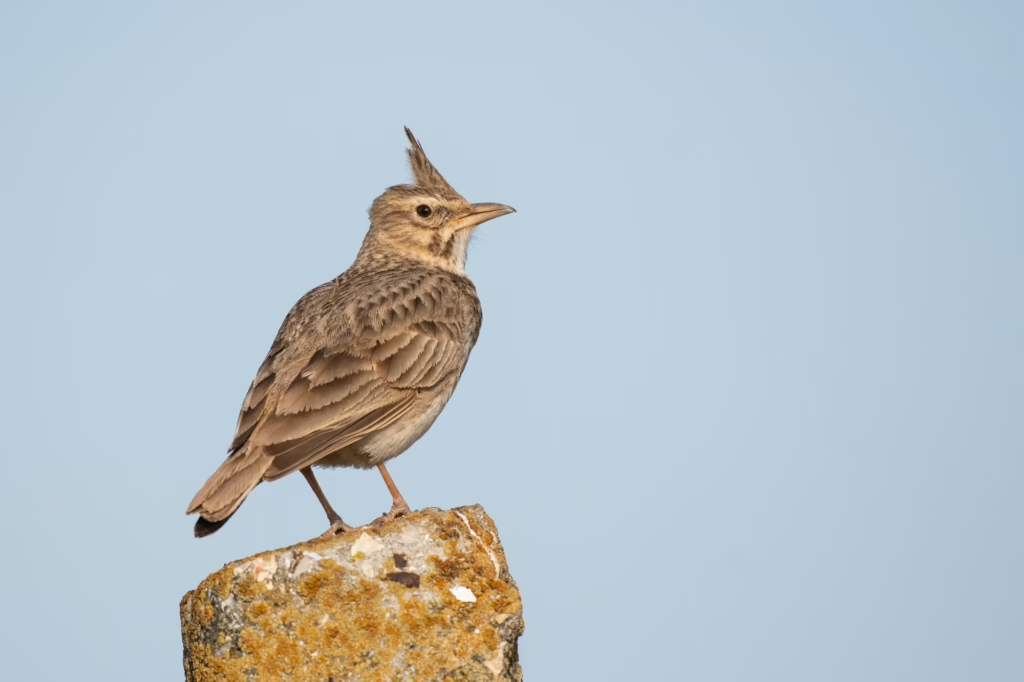
Structure and Form
The poem comprises 21 stanzas, each made up of five lines—four in trochaic trimeter followed by a longer iambic hexameter. The rhyme scheme is ABABB.
This unique stanzaic form, paired with the lilting trochaic rhythm, creates a musical, soaring quality that mirrors the song and flight of the skylark itself. The poem is thus not just about the bird’s song—it imitates it, making the form an extension of content.
Summary of Content
The poem begins with an exultant address to the skylark, which is described not as a mere bird but as a “blithe Spirit”, an ethereal embodiment of joy and music. Shelley immediately separates the skylark from physical limitations, imagining it as an unbodied essence soaring higher and higher, “like a cloud of fire.”
As the poem progresses, Shelley uses a series of metaphors to describe the skylark’s nature. He compares it to:
- A poet, unseen yet deeply affecting the world
- A high-born maiden in a tower, communicating unseen but heard
- A glow-worm, lighting the night though it’s hidden
- A rose, whose scent permeates the air though the flower is concealed
These comparisons show how the skylark’s influence transcends its physical presence—just as a poet’s spirit or inspiration can.
In the latter part of the poem, Shelley contrasts the painless joy of the skylark with the suffering-laden condition of human life. While the bird sings from pure instinct and bliss, human creativity arises from sorrow. Even our sweetest songs, Shelley suggests, are “those that tell of saddest thought.”
Finally, Shelley pleads with the skylark to teach him its gladness, so he too might create art that uplifts others:
“Teach me half the gladness / That thy brain must know…”
Major Themes
1. The Power and Purity of Nature
The skylark becomes a symbol of nature in its most elevated and perfect form—free from pain, untainted by corruption, and uninhibited in its expression. Shelley marvels at its natural ecstasy and sees in it a divine quality that humans lack.
2. The Ideal vs. the Real
Shelley’s Romantic imagination is always in tension between the ideal (unreachable perfection) and the real (flawed human life). The skylark represents the ideal—an eternal joy, while humanity remains confined to limitations and grief.
3. The Limits of Human Knowledge
The skylark’s song represents something beyond intellectual comprehension—a pure expression of being. The poet admits that human beings can never truly understand such joy because our consciousness is burdened with fear, memory, and knowledge of death.
4. Art and Inspiration
The bird becomes a metaphor for poetic inspiration itself—spontaneous, beautiful, and unbidden. Shelley sees the skylark as a natural artist, singing not to communicate but because it is compelled to by its own inner harmony.
5. Sorrow and Creativity
Shelley explores the Romantic paradox that great art is often born of sorrow. He writes, “Our sweetest songs are those that tell of saddest thought.” This reflects the Romantic notion that beauty and suffering are intimately connected in human experience.
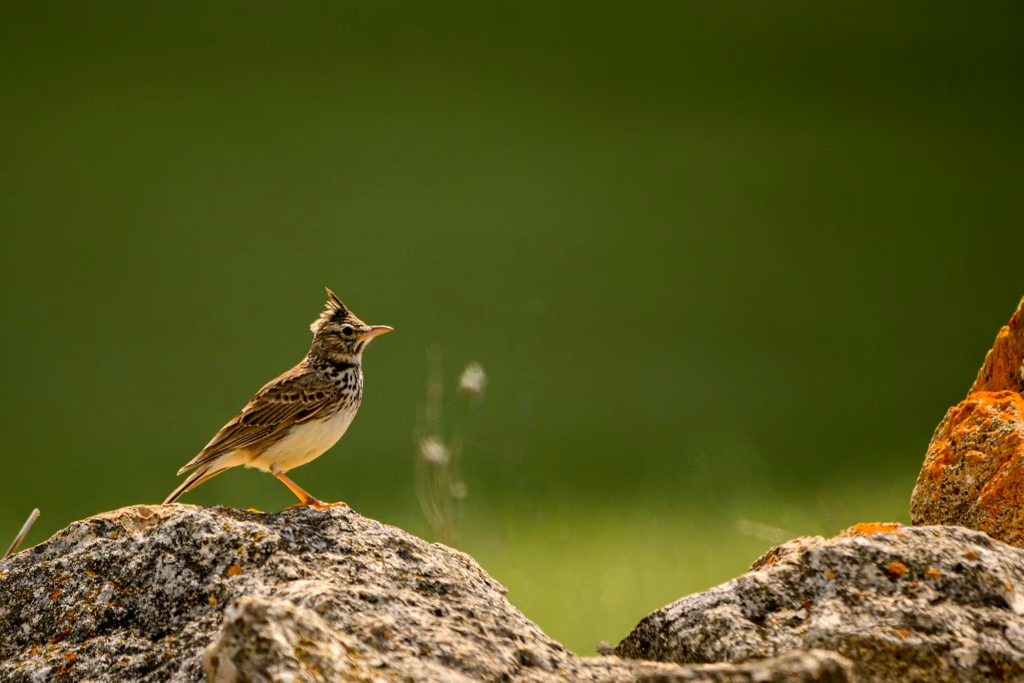
Symbolism and Imagery
- The Skylark: A symbol of pure joy, creative freedom, and divine inspiration. Its invisible flight suggests spiritual transcendence.
- Light and Fire: Shelley describes the skylark as a “cloud of fire,” associating it with illumination and passion in the poem – “To a Skylark”.
- Unseen Beauty: Many metaphors (glow-worm, rose, unseen maiden) emphasize the power of unseen forces, echoing Shelley’s belief in the invisible essence behind reality.
- Sound: The poem centers on the idea of unbodied music—song as spirit, transcending the physical, much like Shelley’s vision of poetry.
Romantic Ideals in the Poem
- Imagination over Reason: The poem thrives on Shelley’s imaginative power, favoring emotional and aesthetic intuition over rational thought.
- Nature as Teacher: The skylark is both muse and mentor, offering lessons in how to live, feel, and create.
- Desire for Transcendence: Shelley longs to escape the sorrows of the human condition and partake in the skylark’s blissful existence.
- Poet as Seer: Like Wordsworth and Keats, Shelley casts the poet as someone who seeks hidden truths and aspires to reveal them to others.
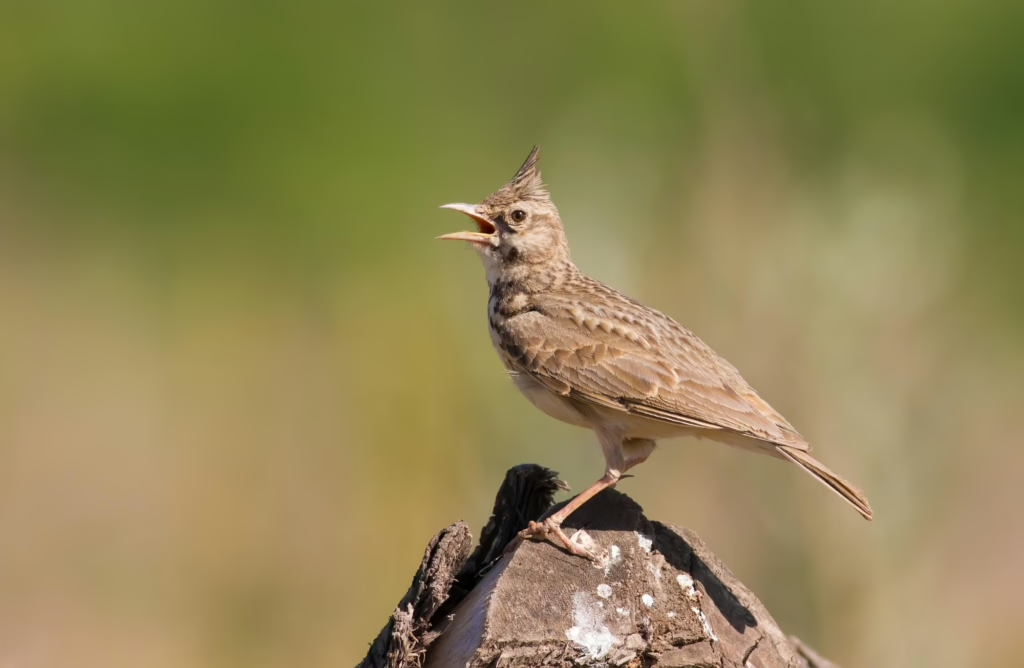
Conclusion
“To a Skylark” is not just an ode to a bird; it is an ode to unspoiled beauty, unconscious joy, and the divine possibilities of artistic inspiration. Through the skylark, Shelley expresses a deep yearning to break free from the sorrows and limitations of human life and partake in the ecstatic harmony of the natural world. The poem remains a sublime articulation of the Romantic spirit—its celebration of nature, its melancholy, and its idealism.
In “To a Skylark,” Shelley achieves something remarkable: he writes a poem about a song and makes the poem itself as musical, mysterious, and uplifting as the skylark’s own melody.

